Office Technology Tips – What are Macros and Why are they Useful?
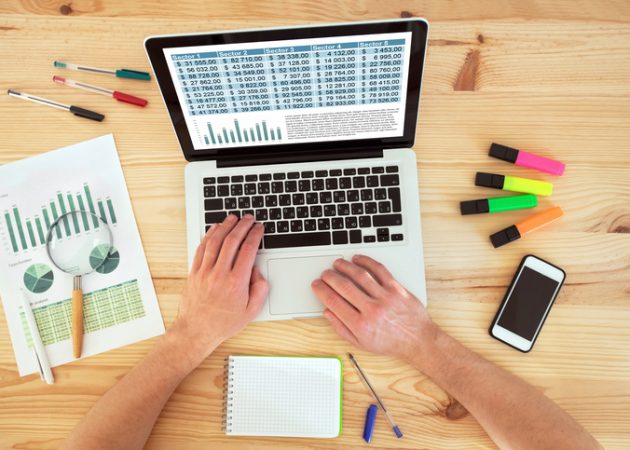
What is a Macro, Anyway?
Simply put, a macro is a series of steps & instructions that you group together to create a single command which can accomplish tasks with the press of a single button. Here is an actual example of how you can use a macro. Let’s say your CEO holds you responsible for a monthly report that includes merging 5 Excel spreadsheets together, plus 3 Word documents; then reformatting them, editing, and resizing; and then the ugly task of printing these reports to ledger-sized paper so they can be distributed at the monthly board meeting.
Just the sound of those steps would make most people cringe. Wouldn’t it be nice if you could wave a magic wand and have them done for you, automatically? This is why macros are amazing. All you need to do is set up your task by doing it once, and the macro tool will record every step and build a program which, when finished, will launch again when needed by the press of one single button.
How to Create a Simple Macro
In this exercise we’ll do something as simple as printing mailing labels. This is a repetitive task that involves opening a Word document, choosing labels and a template, and then setting up which printer it will go to, changing the media type to labels, sizing and then printing it. When counting the steps involved, it takes 18 mouse clicks to accomplish. But with the macro we will create, the steps will be cut down to one click – and it is literally this easy.
In any program when your documents are ready, just follow the steps below:
- Click View > Macros > Record Macro.
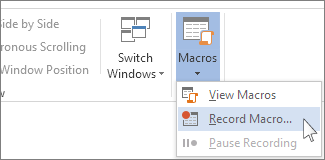
- Type a name for the macro.
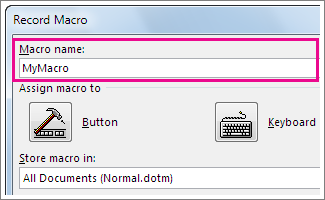
- To use this macro in any new documents you make, be sure the Store macro in box says All Documents (Normal.dotm).
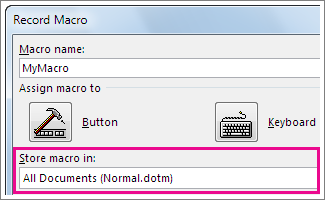
- To run your macro when you click a button, click Button.

- Click the new macro (it’s named something like Normal.NewMacros.<your macro name>), and click Add.
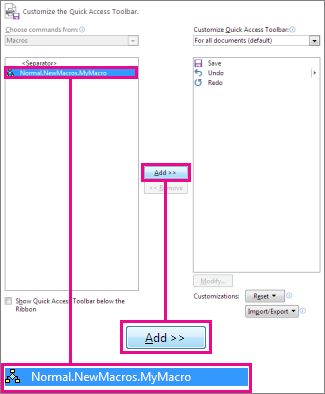
- Click Modify.
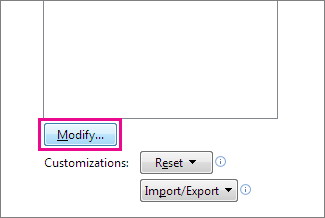
- Choose a button image, type the name you want, and click OK twice.
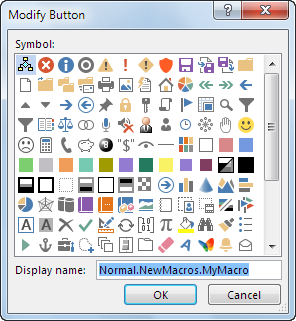
- Now it’s time to record the steps. Click the commands or press the keys for each step in the task. Word records your clicks and keystrokes.
NOTE: Use the keyboard to select text while you’re recording your macro. Macros don’t record selections made with a mouse.
- To stop recording, click View > Macros > Stop Recording.
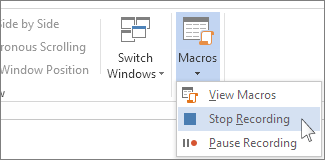
The button for your macro appears on the Quick Access Toolbar.

To run the macro, just click the button! You can do this with almost any task within Microsoft Office.
Do you have any good macro tips? Please share them with us!



